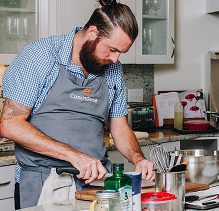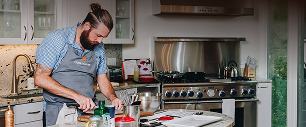The Food and Wine Guide to Perfect Pairings
The ancient Romans believed that wine was necessary, and they used to enjoy it with their meals. Today, people worldwide continue to pair food and wine, and there are many reasons.
For one thing, wine can help to enhance the flavors of food. When paired thoughtfully, the right wine can bring out the subtle nuances in a dish, making it more enjoyable. Wine can also help to improve digestion. The acids in wine stimulate the appetite and help the body to break down food more efficiently.
Moreover, sharing a bottle of wine with friends or family can make a meal more special and memorable. Whether you are enjoying a simple weeknight dinner or a lavish feast, pairing food and wine is a tradition that is here to stay.
About food and wine pairing
Pairing food and wine considers factors such as the weight and texture of the food, the sauce, and the overall flavor profile. Knowing these factors can help you choose a wine that will enhance the dish’s flavors and create an enjoyable dining experience. Of course, there are no fixed food and wine matching rules. It is up to the individual diners to decide what tastes best.
However, following some basic guidelines can help to ensure that the wine and food work well together.
- Weight: Choosing the perfect pairing for your meal may seem daunting, but it doesn’t have to be. One rule of thumb that can help you achieve a perfectly balanced feast is to keep the weight of food and wine similar. Keep in mind; this weight isn’t literal – instead, it’s the complexity and heaviness of flavor. For lighter dishes, like poultry and fish dishes, delicate wines are best suited. Prawns or pasta dishes with richness call for medium-weight wines, such as a Chardonnay or even a lighter red wine. On the flip side, heavier meats require heavier wines – think Shiraz or other full-bodied styles.
Perfectly balancing wine with your meal is a matter of paying attention to how different ingredients interact together- by keeping the weight of food and wine similar, you’re well on your way to highlighting every flavor in each dish. - Flavors: Food and wine pairing is a great way to enhance both flavors. It sounds like art, but it’s more of a science. To create perfect pairings, consider matching complementary flavors between the food and the wine for greater intensity and character. For instance, blackberry jam and a light pinot noir have similar sweet fruity flavors that make this combination irresistible. Likewise, rich dishes such as beef stroganoff pair nicely with red wines such as cabernet sauvignon. On the other hand, lighter dishes such as grilled salmon complement lighter white wines like sauvignon blanc or pinot grigio.
Similarly, acidity in foods such as citrus fruits can go well with acidic wines. For instance, try an aromatic gewürztraminer from Germany or France to accentuate dishes featuring these flavorful ingredients. Understanding how to match flavor intensity and character between your food and wine will help you create delectable dishes that will impress your guests. - Acidity: The acidity level of a wine is an essential factor to consider when pairing it with food. For instance, high-acid wines such as young Riesling are ideal for cleansing the palate after eating oily meals such as Indian dishes or rich buttery sauces. If you’re having a salad with vinegar-based dressing, pair this with a crisp, dry pinot grigio to strengthen the bitter element. Additionally, wines from cool climates tend to have higher acidity levels than those from hot temperatures, so it is worth investigating the origin of your wine. Further, be mindful of trying to match richer and creamier sauces with an acidic wine like a sparkling; think about it – would you want squeezed lemon juice in a cup of milk? Understanding the correlation between food and acidity levels in different wines can create mouth-watering pairings every time.
- Salt: When pairing wine and food, it’s not just the sweet and sour taste combinations that matter. Salty flavors can also enhance a meal – if handled correctly. For example, a crisp sauvignon blanc helps lift the saltiness of olives and feta cheese, or you could pair parma ham with melon for something sweeter. But be warned – not all salty dishes go well with every beverage. When mixing salt with tannin-rich wines such as cabernet sauvignon or Shiraz, bitterness is enhanced and will clash unpleasantly. Opt for low-tannin dry wines with noticeable acidity to get the best result. A savory French Chablis works exceptionally well with salty dishes, while other examples include pinot gris and Sauternes from the Bordeaux region – perfect for those blue cheeses! With some knowledge in your arsenal, you can create beautiful, balanced meals worthy of a five-star review. As they say – practice makes perfect!
- Tannins: Sometimes, you want to get the best out of your dish and wine. For example, if you have pasta with rich sauces or creamy cheese fondue, choosing a red with high tannin levels may make for a very unpleasant experience. In that case, a wine with more body is better. Wines like Barolo and Zinfandel will have many ripe fruit flavors that contrast nicely with the heavy food on the plate rather than exacerbating the bitterness from the tannins. Similarly, when pairing steak with a full-bodied chardonnay, you’ll get deeper fruit flavors due to the higher acidity of the wine, which helps to soften any tannic notes in both components.
Ultimately, choosing a wine to accompany food is all about finding a balance between flavor profiles – matching elements while contrasting others to produce an enjoyable experience. - Sweetness: To ensure the perfect pairing of food and wine, serve wine at least as sweet or sweeter than the food served. Sweet wines offer acidity that helps to cut through the fat in dishes like pâté, while their sweetness balances out salt – making them ideal companions of blue cheeses like Stilton. Of course, every good cook will have their favorite pairings – some might opt for Sauvignon Blanc with oysters, while others might enjoy the bold richness of a good Cabernet Franc. However, if you’re ever uncertain of your own decisions, it’s worth following this basic principle: choose a wine that is as sweet as your main course. Doing this guarantees that your guests won’t be too sour or too sweet for dinner! And who knows? Discovering different flavor combinations could be the start of a brand-new passion. So grab a bottle or two – seek out unusual flavors and pairings – and who knows where your culinary exploration might take you?
- Spiciness: If you’re looking to pair your spicy food with a unique and flavorful wine, look no further than sweet white wines like off-dry Gewürztraminer or Riesling. While most wines can be overwhelmed by the strong spices in Thai or Indian cuisine, these sweeter wines are surprisingly adept at complementing the flavors present. The sweetness helps to soothe and demystify the spiciness of the dishes and brings out some subtle nuances that might otherwise go unnoticed. Plus, the blend of spicy and sweet is an undeniably delicious addition to any dining experience. Try sipping cold Riesling during your next Thai curry to get an idea of how well the two go together. Not only will it help to enhance the meal, but it will bring out the best flavors in both the dish itself and in the wine!
- Sauces: When pairing wine with food, there are many options and opportunities to explore. From creamy sauces to delicate citrus flavors, matching the perfect drink with just the right meal can be a fun and rewarding experience. For starters, if you’re serving a cream or mushroom sauce, a chardonnay can provide an earthy flavor or caramel note that pairs perfectly. If you’re looking for something light to match lighter sauces such as acidic citrus the bright flavors of sauvignon blanc and chardonnay go well together. On the other hand, when going with heartier dishes such as meat-based sauces or roasted meats and poultry, opt for reds such as Merlot, Pinot Noir, Cabernet Sauvignon, and Shiraz.
Also Read: The Different Types of Wines Made in Ohio
Don’t be afraid to experiment
The fun part about food and wine pairing is trying new combinations and seeing what works well together. So don’t hesitate to step out of your comfort zone and try something new. You might surprise yourself at how well it works.
And finally, remember that there are no strict food and wine pairing rules. While these guidelines can help you create successful pairings it is up to you to decide what you like best. So have fun exploring different combinations and find your favorite pairing.
Food and wine pairing for special occasions
Even though there are no hard and fast rules, some general guidelines can help ensure a harmonious match. In general, lighter wines pair well with light dishes, while heavier wines are best suited to heartier fare. For example, a delicate white wine would be overwhelmed by a rich pasta dish, while a full-bodied red wine would be too much for a light fish course. It is also essential to consider the various flavor profiles of wine and food. For instance, a fruity wine could clash with a high-acidity dish, while a wine with pronounced tannins might overpower a delicate dish. Considering these factors, you can select a wine that will complement your meal and create a memorable dining experience.
Food Pairings with Red Wine
Many delicious foods pair well with red wine. Some classic combinations include steak and Cabernet Sauvignon, lamb and Shiraz, and duck and Pinot Noir. But several other great options that taste great with red wine are:
Grilled steak: The bold flavors of a grilled steak are a perfect match for a full-bodied red wine.
Lamb: The rich lamb flavor is another excellent option for a red wine pairing.
Game meats: Venison, wild boar, and other game meats can complement red wine nicely.
Tomato-based pasta: The acidity in tomatoes pairs well with the tannins in red wines.
Chocolate: Surprisingly, chocolate can also be a good match for red wines. The sweetness of the chocolate helps to offset the dryness of the wine.
Foods to Pair with White Wine
White wines are generally best served with light, delicate dishes. Here are five examples of foods that are a perfect match for white wine:
Seafood: White wines are a classic pairing for seafood dishes. The light, refreshing flavors of the wine help highlight the taste of the seafood.
Chicken: The mild flavor of the chicken allows the delicate flavors of the wine to shine through.
Vegetables: White wines can also be a viable choice for vegetable-based dishes. The acidity of the wine helps balance out the earthy flavors of the veggies.
Cheese: White wines pair well with cheese because they share similar flavor profiles. The wine’s acidity can help cut through the cheese’s richness.
Fruit: White wines can be a refreshing accompaniment to fruit dishes. The sweetness of the fruit helps to offset the dryness of the wine.
Food to Eat with Rose wine
Rose wines are incredibly versatile and can pair with various foods. Here are a few delicious recipes that are perfect for a summer evening:
Seared scallops with pea puree: The delicate flavor of seared scallops is complemented perfectly by a light and creamy pea puree. Serve with a glass of chilled rose wine.
Grilled salmon with strawberry salsa: The sweetness of the strawberry salsa pairs perfectly with the rich flavor of grilled salmon.
Roasted chicken with apricot glaze: The savory flavor of roasted chicken is enhanced by an apricot glaze, making for a mouthwatering dish. Choose a rose wine with subtle fruit flavors to complement the apricot glaze.
Spaghetti with grilled vegetables: This classic Italian dish, when served with dry rose wine, helps bring out the flavor of the vegetables.
Chocolate mousse: Rose wines are also an ideal match for chocolate desserts! Try serving a chocolate mousse with dark chocolate and cream paired with a fruity rose wine.
Also Read: History of Wineries and Vineyards
Sparkling Wine Food Pairing
Sparkling wine is a versatile beverage you can enjoy with various foods. Here are some dishes that pair well with sparkling wine:
Grilled salmon: The smoky flavor of grilled salmon pairs nicely with the acidity of sparkling wine.
Creamy pasta: The richness of a creamy pasta dish is offset by the bubbles in sparkling wine, making it a classic combination.
Fried chicken: The crispy texture of fried chicken goes well with the effervescence of sparkling wine.
Spicy food: If you love spicy food, pair it with Sparkling wine. The refreshing taste of Sparkling wine cools the spicy dishes’ heat.
Fruit pie: The bubbles of Sparkling wine enhance the sweetness of fruit pie in sparkling wine.
Dessert Wines and Food Pairings
Dessert wines are special treats that can be enjoyed individually or with food. When choosing a food to pair with a dessert wine, it is essential to consider the sweetness of the wine. Here are five foods that pair well with distinct types of dessert wines:
Cheese: Cheese is a classic pairing for dessert wines. The saltiness of the cheese helps to balance out the sweetness of the wine. Try pairing a dessert wine with a strongly flavored cheese, such as aged cheddar or blue cheese.
Chocolate: Chocolate and wine is a classic pairing for a reason! The rich flavor of chocolate enhances the sweetness of the wine. Try pairing sweet dessert wine with dark chocolate for the best results.
Fruits: Fruits are another great option for pairing with dessert wines. The natural sweetness of fruits helps to enhance the flavors of the wine. Try pairing dessert wine with fresh berries, stone fruits, or pears.
Nuts: They are an excellent option for pairing with sweet and dry dessert wines. The richness of the nuts helps to bring out the flavors of the wine. Try pairing dessert wine with almonds, walnuts, or hazelnuts.
Coffee: Coffee is an unexpected but delicious option for pairing with dessert wines. The bitterness of the coffee helps offset the wine’s sweetness. Try pairing a sweet dessert wine with an espresso or coffee-flavored dessert.
Best Food with Fortified Wines
While most think fortified wines are too sweet to pair with food, they can be versatile. Here are some food matchings that can help you get the most out of your next bottle of fortified wine:
Roasted meats: The rich, savory flavors of roasted meats are a perfect match for the sweetness of fortified wines. Try pairing a glass of tawny port with a roast beef or pork dish.
Pâtés and terrines: the sweetness of a fortified wine offsets the richness of pâtés and terrines. A glass of ruby port is a wonderful way to enjoy these dishes.
Strong cheeses: The saltiness of solid cheeses such as manchego or aged cheddar is a perfect complement to the sweetness of fortified wines. Try pairing them with a glass of Madeira or sherry.
Dried fruits: The natural sweetness of dried fruits such as apricots or figs makes them perfect for fortified wines. Try pairing them with a glass of Muscat de Beaumes-de-Venise or Banyuls.
Chocolate: Chocolate and fortified wine is a classic pairing for a reason! The sweetness of the wine helps bring out the chocolate’s flavors, while the richness of the chocolate helps counteract the wine’s sweetness. Try pairing them with a glass of vintage port or Madeira.
Bon Appétit
Food and wine pairings can be a terrific way to show off your culinary skills. You can create a pairing that will impress your guests by considering the assorted flavors, textures, and weights of both the food and wine. Whether you are serving up a classic pairing like roasted meats with a tawny port or trying something more adventurous like pâtés with ruby port, following these simple tips will help create a delicious and elegant meal.



 Settings
Settings
 Gift Card
Gift Card Blog
Blog Locate Us
Locate Us


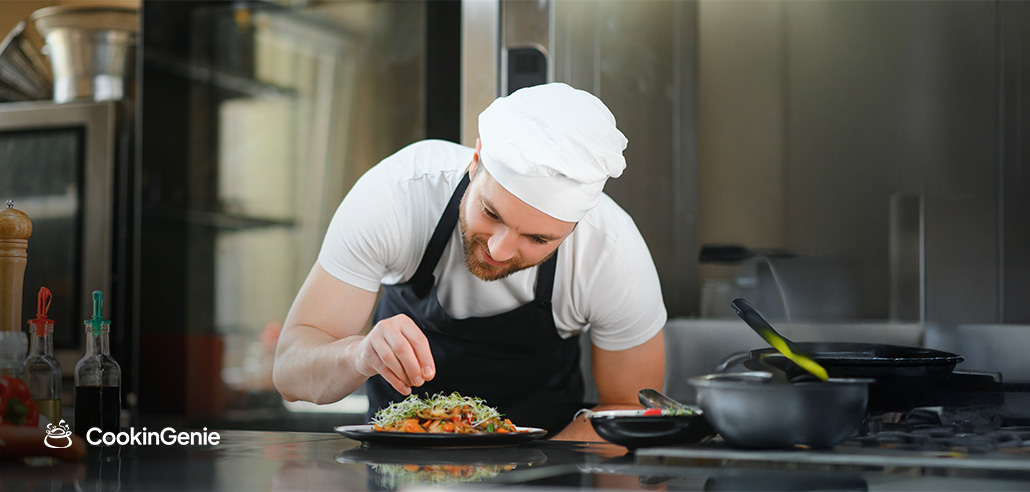

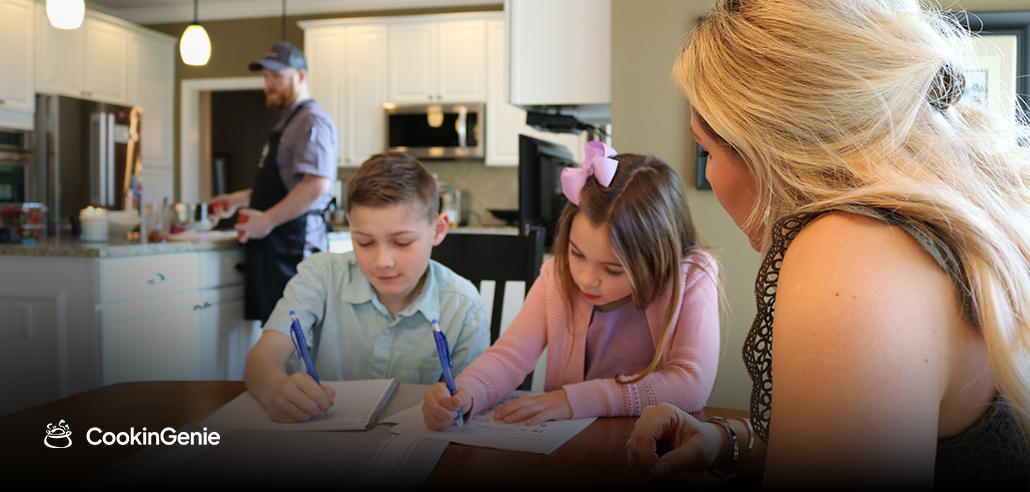

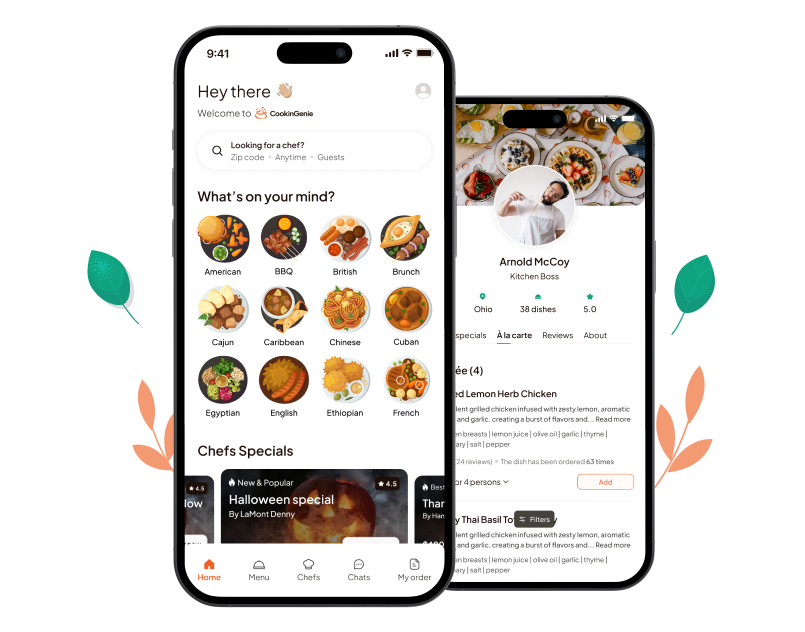



 Home
Home
 Chefs
Chefs
 Chats
Chats
 My Order
My Order


